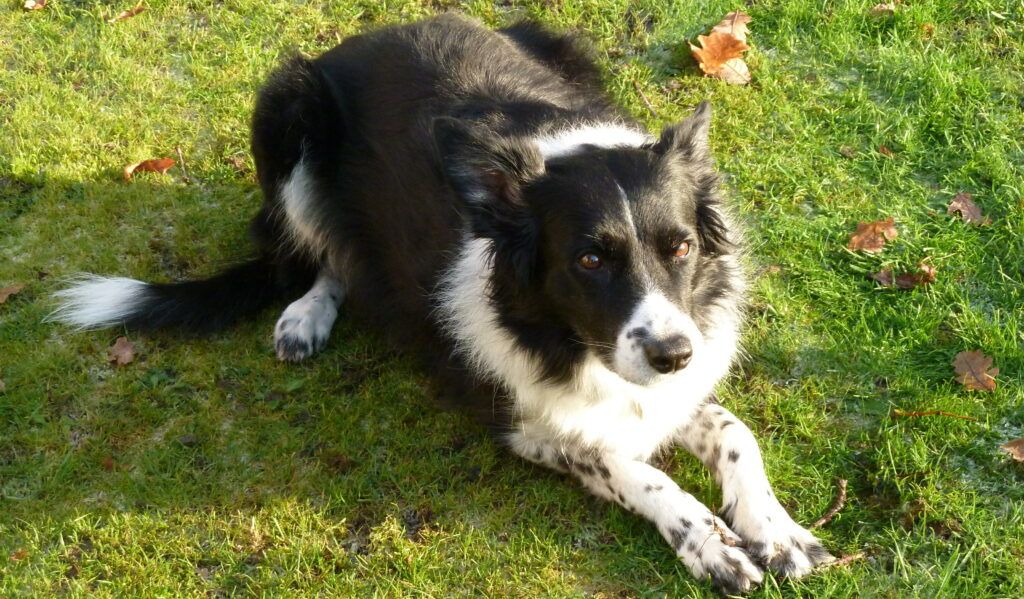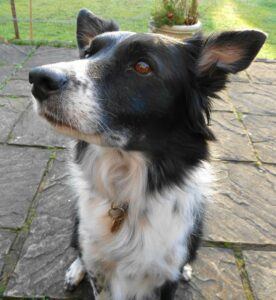
Introduction
Dog obedience training is a crucial aspect of responsible pet ownership. It involves teaching your dog basic commands and behaviours that are essential for a harmonious relationship between you and your furry companion. Effective training not only ensures the safety and well-being of your dog but also enhances the quality of life for both of you.
Training helps to eliminate poor behaviour such as jumping up at people, barking excessively or being aggressive. It is not difficult to train a dog but it does require patience and a lot of repetition.
Some commands are important for your dog’s safety like “sit,” “stay,” and “come.” They can prevent your dog from running into traffic, approaching dangerous animals or getting lost. And training can also give your dog mental stimulation keeping it sharp and alert and reducing boredom.
The Basic Commands
Sit 
Teaching your dog to sit is one of the easiest and most useful commands.
Get your dog’s attention by standing in front of your dog and hold a treat close to their nose. Raise the treat up towards the back of their head. Their nose will follow the treat and as their head moves up their bottom will naturally lower to the sitting position. As soon as their bottom touches the ground say “Sit” clearly and firmly and give them the treat.
You should repeat this frequently during the day with the same clear command. When your dog understands the “Sit” command gradually stop giving the treat.
Stay
Once you have taught your dog to sit you should now teach it the “Stay” command. The “Stay” command is quite an important one to master especially when you take the dog for a walk.
Start by getting your dog to sit then hold up your hand with the palm facing the dog and say “Stay” in a firm voice. Take a step or two back and if the dog stays say “Good dog” and give it a treat. You can then gradually increase the number of steps away. Go back to the dog and give it a treat and praise it. Use a word like “Okay” to end the stay position.
When out walking with your dog on the lead, you can use the stay command at, for example, the kerb before you cross the road. With practice your dog will eventually stop there automatically – even if it is off the lead and will wait until you tell it to carry on.
Once when I was out with my border collie Tess (a clever breed of dog) my grandson had the dog on the lead and was getting too far ahead of me. I called on him to wait for me but of course he took no notice. So I called out “Tess. Stay!” And Tess stopped and sat down immediately and no amount of tugging by my grandson would get her to move. I pointed out to him that Tess was far better behaved than he was.
Come
Another useful word for a dog to learn is “Come” when you want to recall the dog.
You can practice this at home to begin with. Put the dog on a lead and hold at arm’s length then say “Come” and gently pull on the lead. When your dog comes to you give it the usual reward and treats. Gradually get to the stage when the dog will come without encouragement from a pull on the lead.
When you are happy with the dog’s response indoors you can practice outside in the garden or a place where the dog can run about freely. Also, as you call “Come” you can signal to your dog, especially if it is further away, by pointing to the sky and bringing your arm down to point to the ground in front of you.
Down 
Teaching your dog to lie down helps to manage their behaviour, particularly in hyperactive dogs.
Probably the best way to teach this is to hold a treat in your closed fist, let your dog sniff the treat then move your hand to the ground. Slide your hand along the ground in front of your dog to encourage their body to follow their head. Once they are in the down position say “Down” and give them the treat and praise them.
Keep repeating this until the dog lies down just on the command.
Leave it
This command prevents the dog from picking up or sniffing at undesirable things.
Hold a treat in each hand. Show your dog one hand – a closed fist with the treat inside – and say “Leave it.” Ignore their behaviour when they try to get the treat but once they stop trying give them the treat from the other hand.
Repeat this until they understand “Leave it” means to leave the first treat alone and get a reward i.e. the treat from the other hand.
Heel
Teaching your dog to walk beside you helps ensure controlled, enjoyable walks without pulling on the lead.
With your dog on a lead hold the lead and a treat in the same hand with the treat close to your dog’s nose. Say “Heel” and start walking. Every few steps stop and give your dog a treat for staying by your side. Gradually increase the distance and duration of the heel command.
Practice makes perfect as they say.
Conclusion
Be consistent and keep practising using the same commands as repetition is important to get your dog used to the instructions and to gain confidence. Training sessions should be short and positive ending with praise. With dedication you will build a strong foundation of obedience that will benefit both you and your dog for a lifetime.
Consistency is the cornerstone of effective dog training. Dogs thrive on predictability and structure, which help them understand what is expected of them. When training commands and actions are consistent, dogs can more easily grasp what behaviours are rewarded and which are not. Inconsistent training can confuse your dog, leading to frustration and slower progress. By maintaining a steady routine, you provide clear signals to your dog, making it easier for them to learn and remember commands.
This website was created with the highly recommended Wealthy Affiliate:
